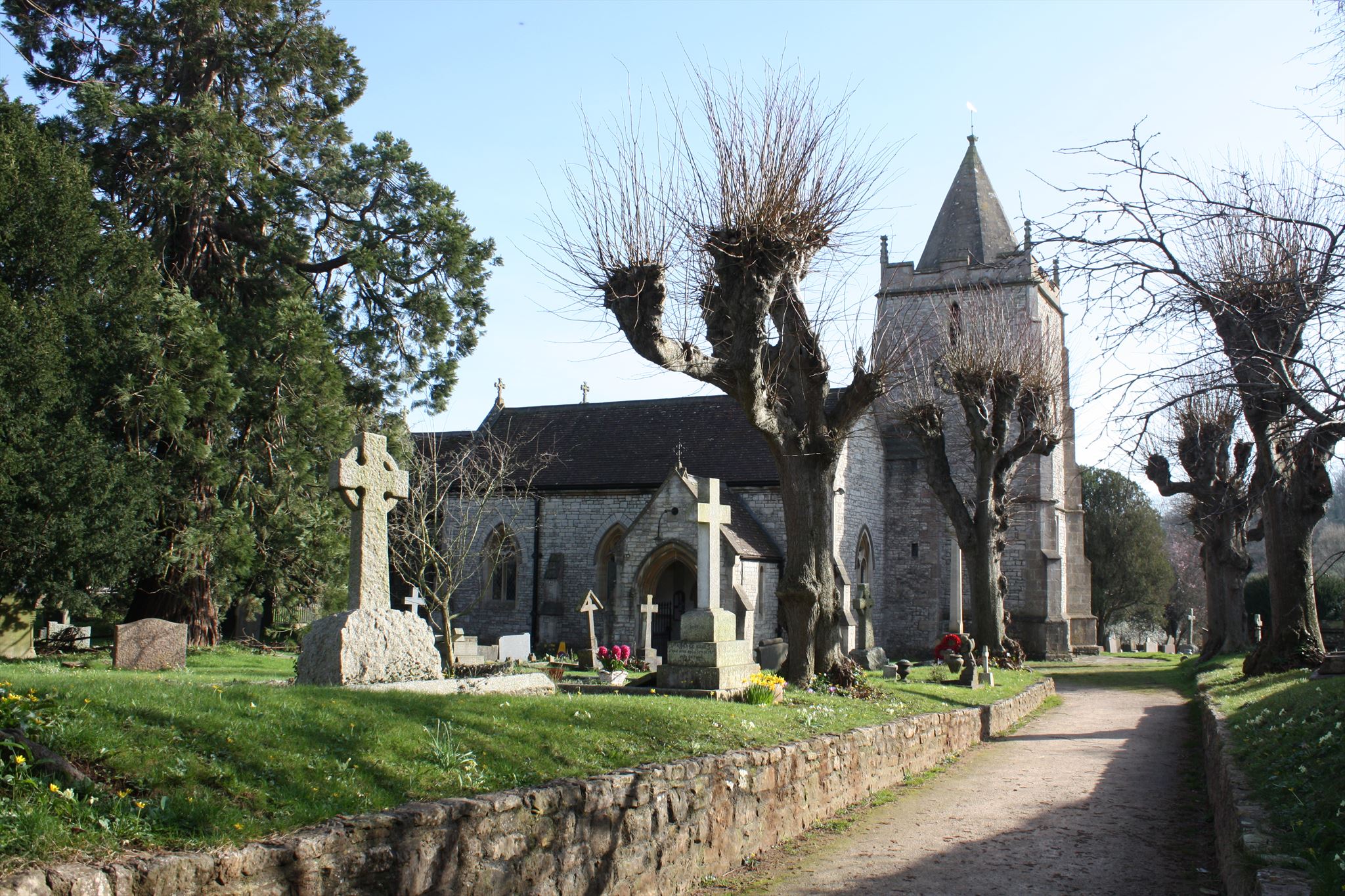Church Micro #5083 Corston Multi-cache
Church Micro #5083 Corston
-
Difficulty:
-

-
Terrain:
-

Size:  (micro)
(micro)
Please note Use of geocaching.com services is subject to the terms and conditions
in our disclaimer.
Two of the waypoints are located in the church grounds, two are located inside the church which is open every day.
Please respect this place of worship.
The cache can be found at: N51ºB(F-E).I(C+H)K W002º(E+H)A.)C/2)EG
History of the church:
The Saxons gave the village its name, calling their settlement Corstune, meaning the village by the marshy stream.
Much later a 10th century Saxon charter confirms a gift of land at Corston from King Edmund to the Abbots of Bath. These Saxon Abbots may have built a church at Corston. A charter of about 1080 speaks of Leofnoth a peasant attached to the glebe 'aet Korstune', and the existence of glebe land suggests that there was already a priest and church. Today it is possible to distinguish five periods of building -
Norman
In 1180 'Abel the Priest' is recorded as Parson of Corston, so we know that a church must have existed in the Norman period. We can conjecture that it was built either by the Abbots of Bath, who held Corston after the conquest, or by the St. Loes who acquired the manor in later Norman times. The only certain reminder of this early church is the round-topped Norman Archway at the present North Door.
Early English
During the 13th century the church was rebuilt in the Early English style. Its Chancel and Nave stood where they are today, but it was a dark barn-like building lit only by a few narrow lancet windows on each side, with a larger East Window over the Altar. The present Chancel dates, with little change, from this time.
Perpendicular
It seems that in the 16th century an earlier tower was refashioned into its present form. The short octagonal recessed Spire and battlements were added and the West face altered. The datestone 1622 may mark the completion of this work, perhaps delayed by the Reformation.
Georgian
At this time a gallery existed at the West End of the Nave, and around 1745 the church was much repaired. A painting of about 1810, showing the North side of the church, depicts Chancel, Tower and Spire much as today. The Nave, however, still had its 13th century lancet windows, and battlements hid its flat roof.
Victorian
In 1865 the old North wall of the Nave was knocked down and the present North Aisle added with windows in Victorian Gothic style. The Chancel was restored and heightened but otherwise, like Tower and Spire, left much as before.
The Georgian roofs and the Perpendicular battlements of the Nave were replaced by the wagon roofs of the present church. Inside the church was reseated and the gallery removed, to be replaced in 1907 by the present Organ Gallery.
The church we see today, still much used and loved, unites all these styles in one warm, gentle, and very English building.

**************************************
For full information on how you can expand the Church Micro series by sadexploration please read the Place your own Church Micro page before you contact him at churchmicro@gmail.com.
See also the Church Micro Statistics and Home pages for further information about the series.
*************************************

 Congratulations Skiddybean on your FTF!!!
Congratulations Skiddybean on your FTF!!! 

Additional Hints
(Decrypt)
Ghpxrq oruvaq QC 45